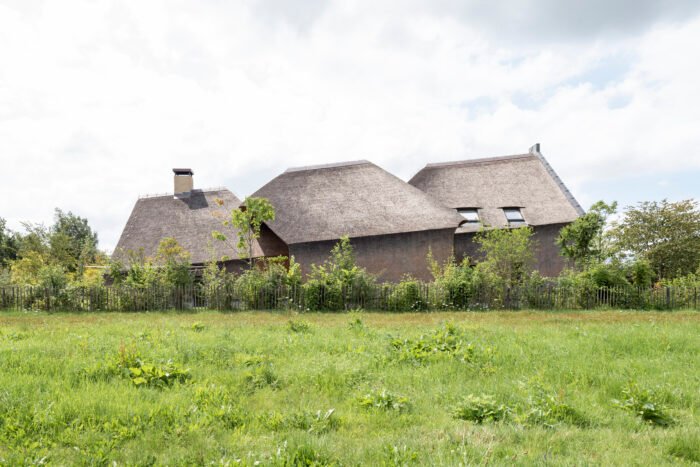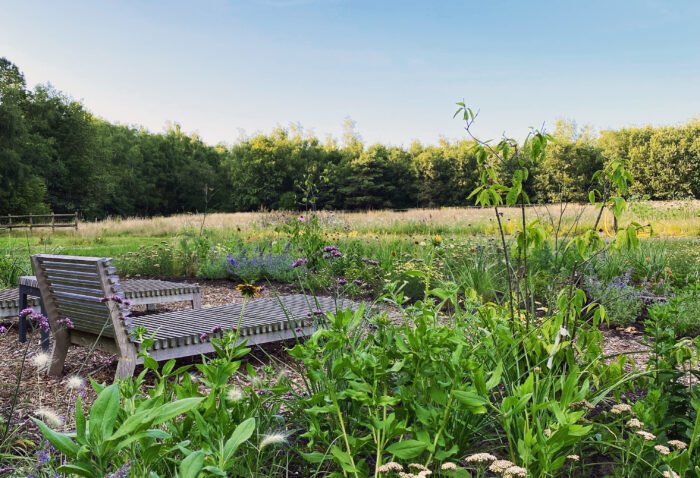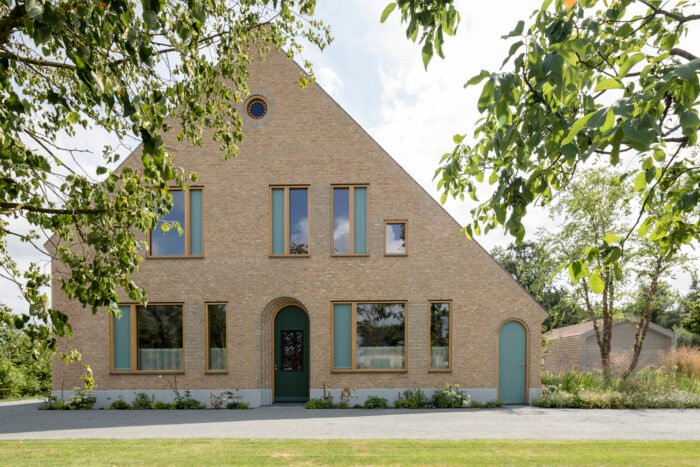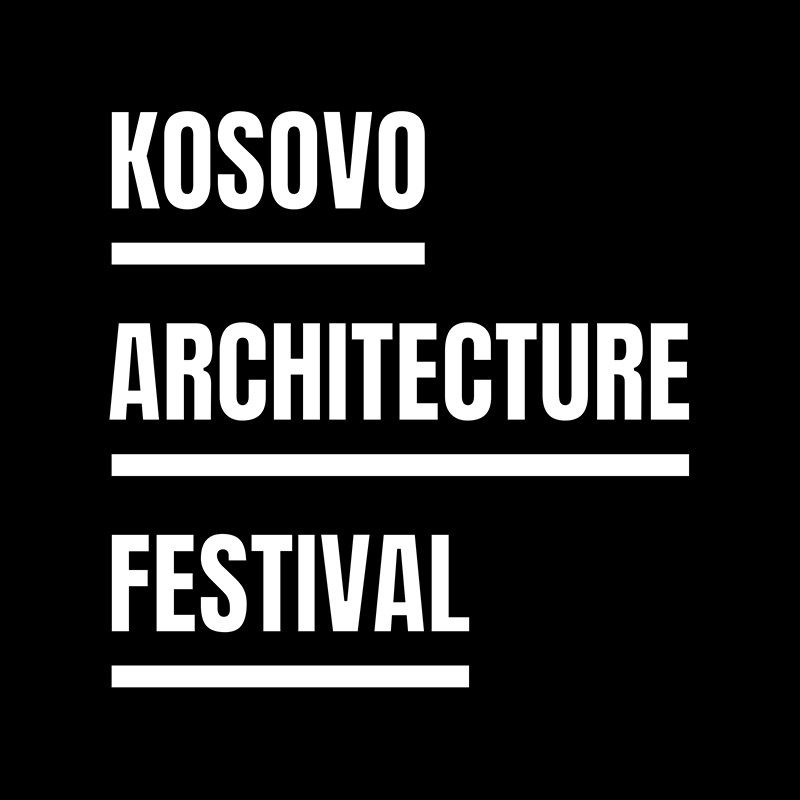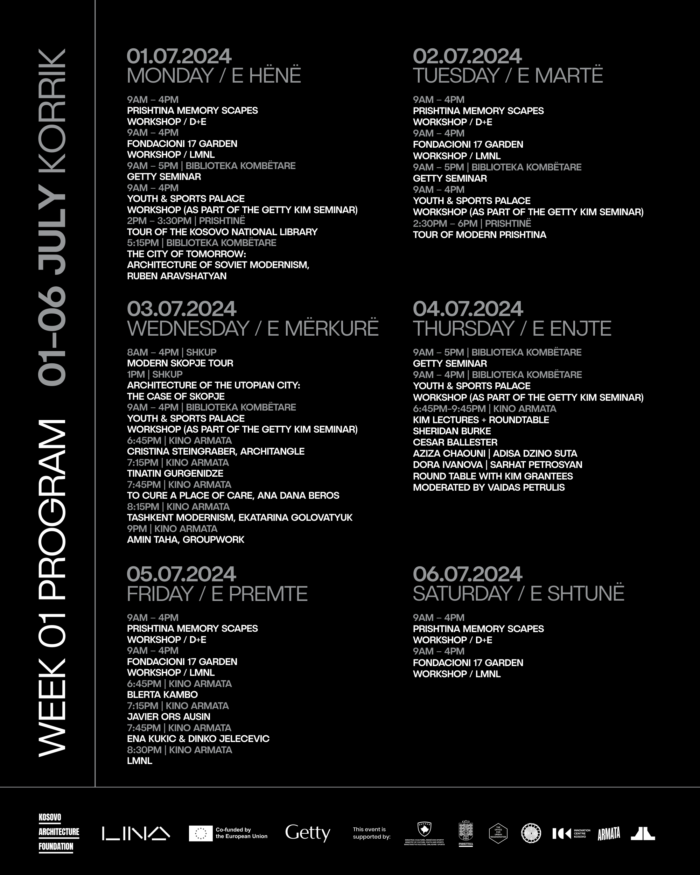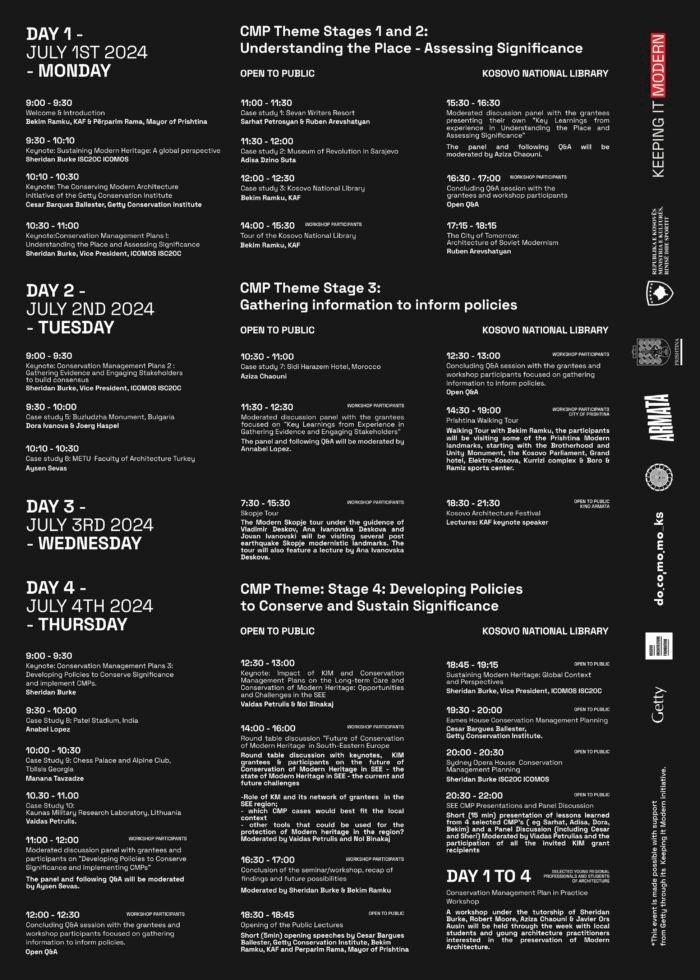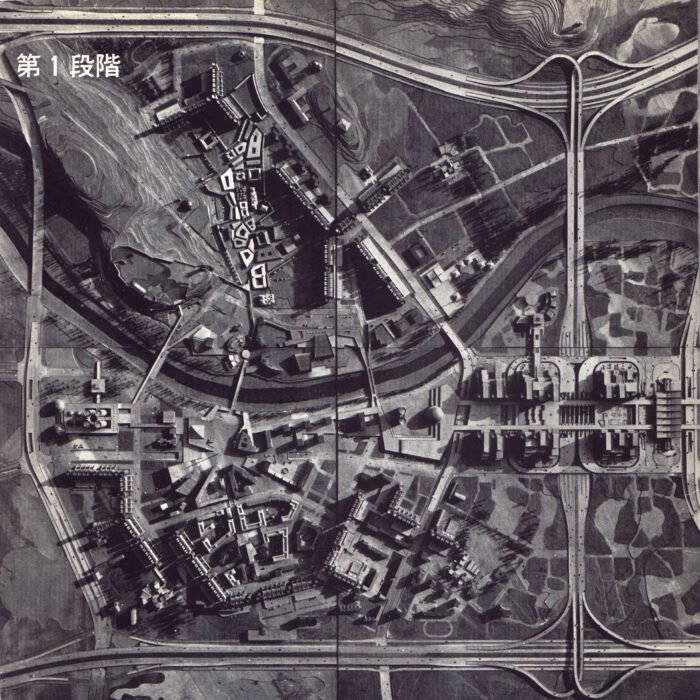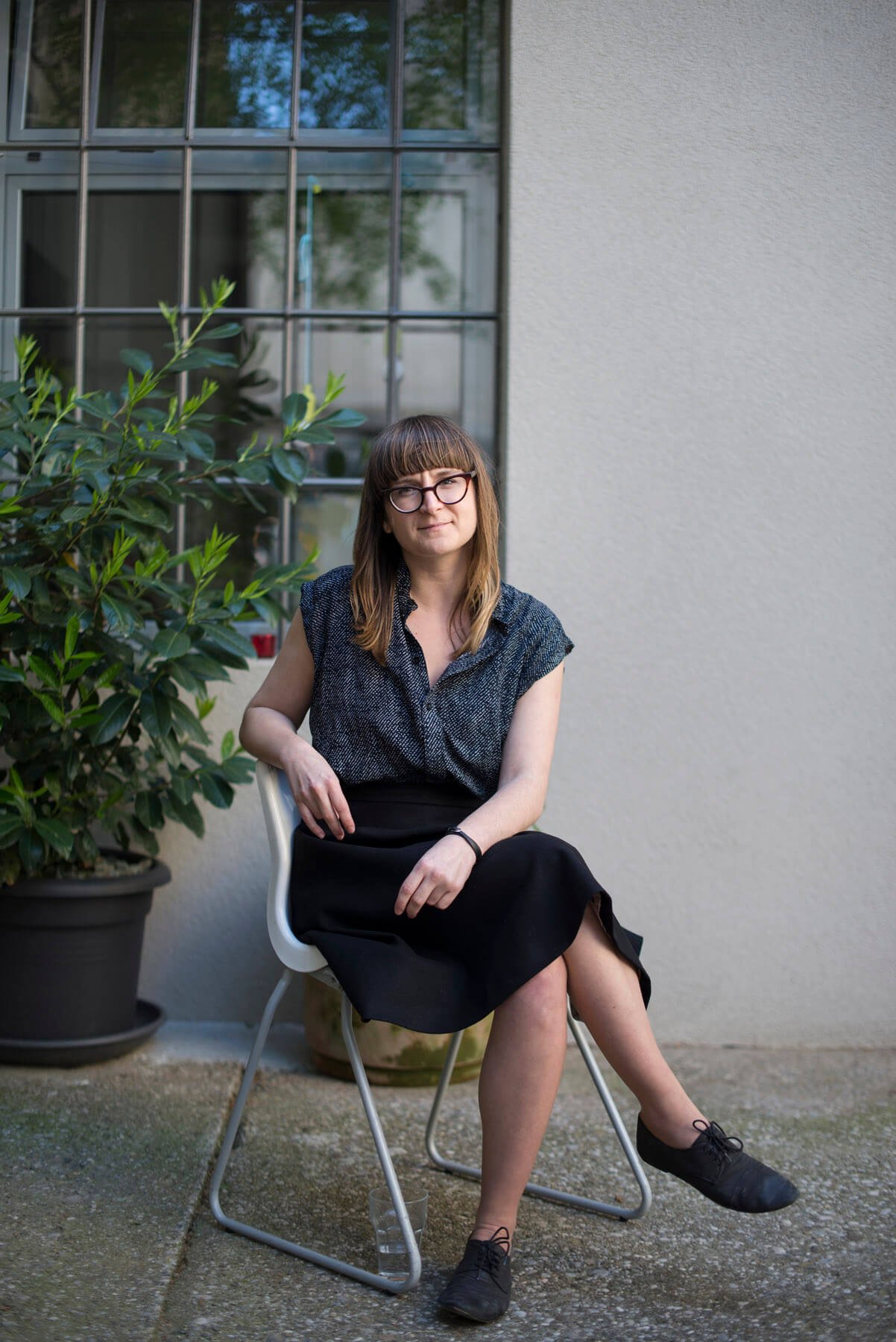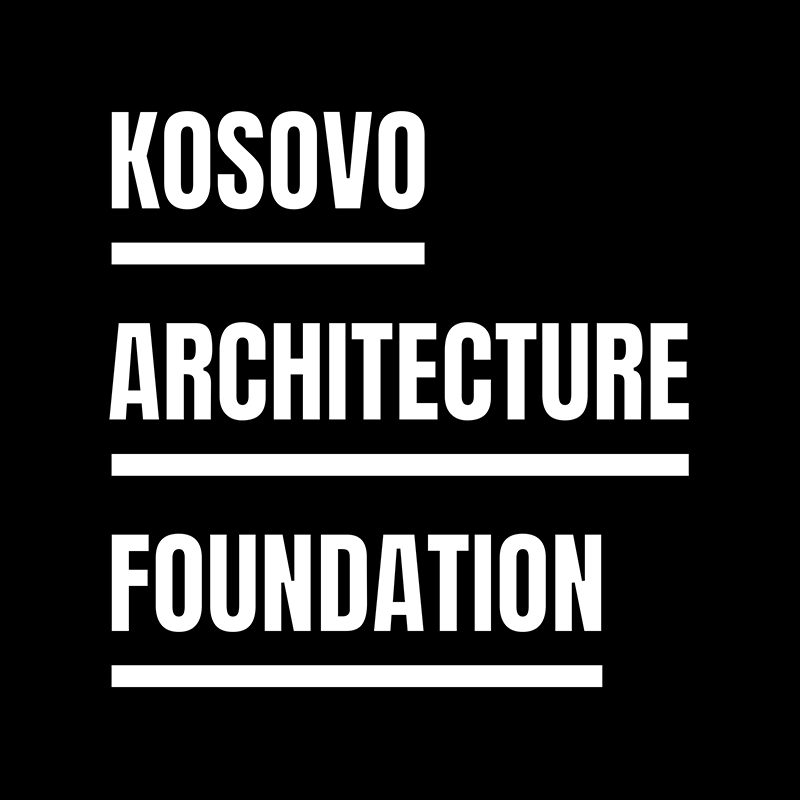
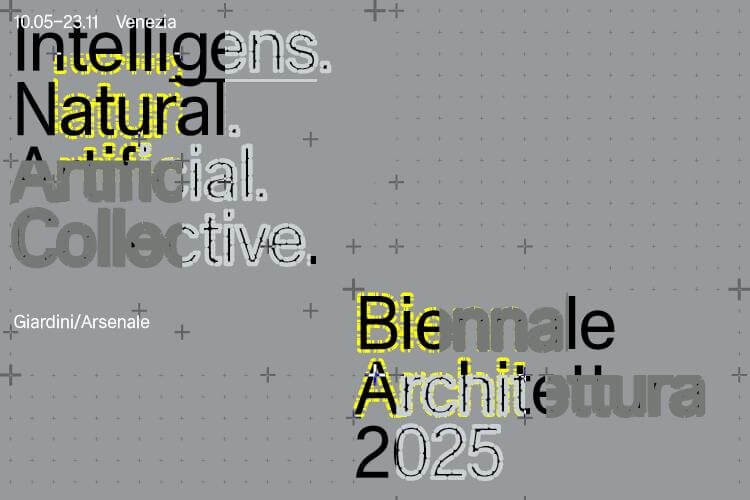
BIENNALE ARCHITETTURA 2025: INTELLIGENS. NATURAL. ARTIFICIAL. COLLECTIVE
The 19th International Architecture Exhibition, titled Intelligens. Natural. Artificial. Collective., curated by Carlo Ratti and organised by La Biennale di Venezia, will open to the public from Saturday May 10 to Sunday November 23, 2025, at the Giardini, the Arsenale and at the Forte Marghera. The pre-opening will take place on May 8 and 9; the awards ceremony and inauguration will be held on Saturday May 10, 2025.
THE INTERNATIONAL EXHIBITION OF THE CURATOR
«Architecture has always been a response to a hostile climate. From the earliest “primitive hut,” human design has been led by the need for shelter and survival, driven by optimism: our creations have always strived to bridge the gap between a harsh environment and the safe, livable spaces we require.» Carlo Ratti stated.
«Today, that dynamic approach is being taken to a new level – as climate becomes less forgiving. In the fires of Los Angeles, in the floods of Valencia and Sherpur, in the droughts of Sicily, we have witnessed first-hand how water and fire are attacking us with unprecedented ferocity. The year 2024 marked a grim milestone as Earth registered its hottest temperatures on record, pushing global averages beyond the Paris Agreement’s 1.5°C target. In just two years, climate change has accelerated in ways that defy even the best scientific models.»
«For decades, architecture’s response to the climate crisis has been centered on mitigation—designing to reduce our impact on the climate. But that approach is no longer enough. The time has come for architecture to embrace adaptation: rethinking how we design for an altered world.»
«Adaptation demands a fundamental shift in our practice. This year’s Exhibition Intelligens. Natural. Artificial. Collective. invites different types of intelligence to work together to rethink the built environment. The very Latin title Intelligens contains the word gens (“people”) – inviting us to experiment beyond today’s limited focus on AI and digital technologies.»
«In the time of adaptation, architecture is at the center and must lead with optimism. In the time of adaptation, architecture needs to draw on all forms of intelligence – natural, artificial, collective. In the time of adaptation, architecture needs to reach out across generations and across disciplines – from the hard sciences to the arts. In the time of adaptation, architecture must rethink authorship and become more inclusive, learning from science.»
«Architecture must become as flexible and dynamic as the world we are now designing for».
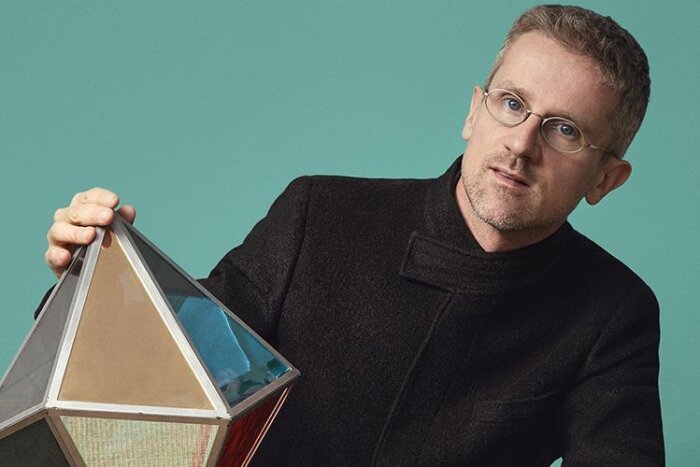
CURATORIAL HIGHLIGHTS
A) Intelligens serves as a dynamic laboratory, uniting experts across various forms of intelligence. For the first time, the Exhibition features over 750 participants: architects and engineers, mathematicians and climate scientists, philosophers and artists, chefs and coders, writers and woodcarvers, farmers and fashion designers, and many more. Adaptation demands inclusivity and collaboration.
B) Curating on such a large scale required a fundamental shift in approach. The selection process has been open and bottom-up, guided by an interdisciplinary curatorial team. The Space for Ideas, our open call for projects from May 7 to June 21, 2024, generated an overwhelming global response. The flood of submissions was both thrilling and daunting, but it allowed us to discover fresh, lesser-known voices that might otherwise have been missed.
C) The resulting participant pool spans generations—from seasoned professionals still innovating at ninety to recent graduates just beginning their careers. Pritzker Prize winners, former La Biennale di Venezia Curators, Nobel laureates, Royal Professors appear alongside emerging architects and researchers. This inclusion reflects our commitment to a diverse range of perspectives.
D) This richness of contributions calls for a new approach to authorship. Intelligens challenges the tradition of the architect as the sole creator, with other professionals relegated to supporting roles. We propose a more inclusive authorship model, inspired by scientific research. In the time of adaptation, all voices driving design must be recognized and credited.
E) In the era of adaptation, La Biennale di Venezia must collaborate with other institutions. Intelligens has forged connections with other global Institutions, the UN’s COP30 in Belem, C40, the Davos Baukultur Alliance, the Soft Power Club, and many others. Its public program, GENS, will host a chorus of events and conversations, engaging audiences both large and small.

